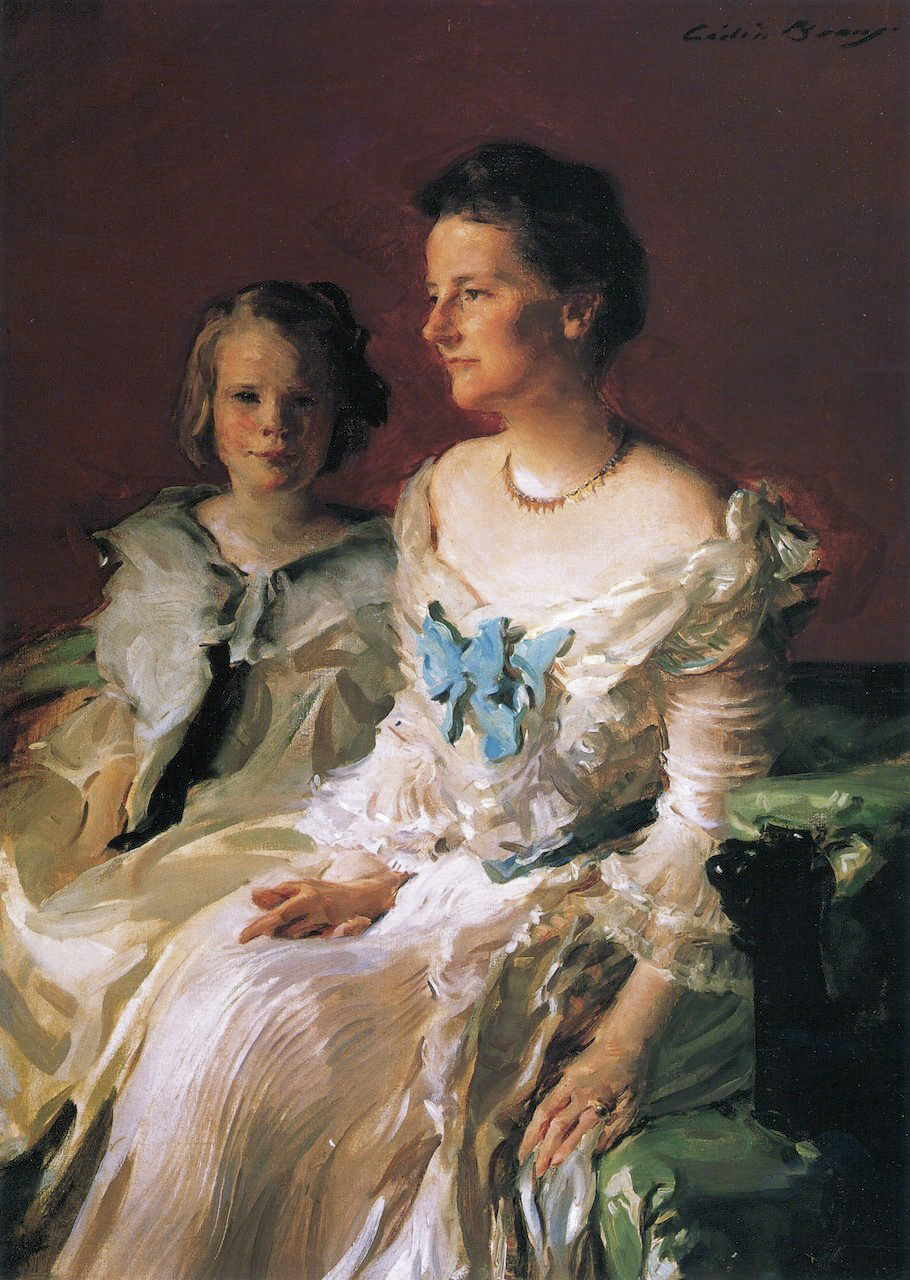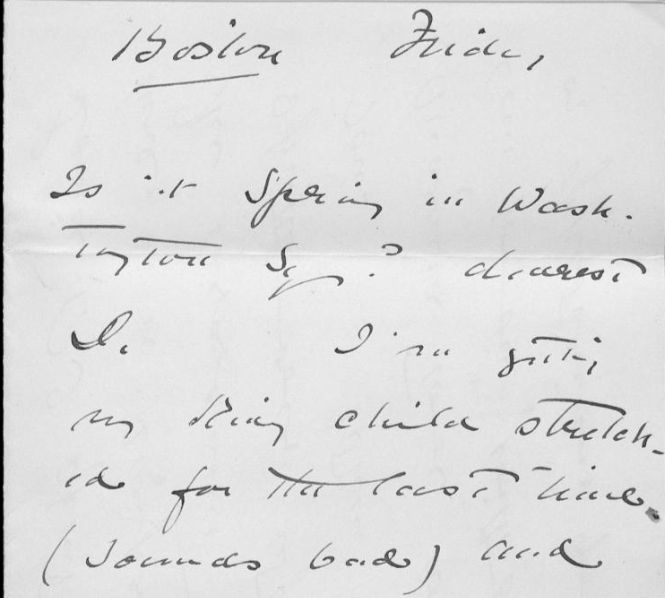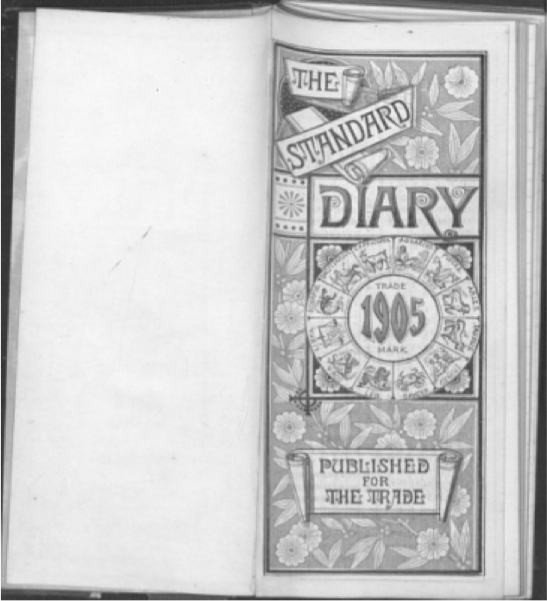[Most Recent Entries] [Calendar View]
Friday, May 17th, 2019
| Time | Event |
| 3:57a | The Who and Jimmy Fallon Sing “Won’t Get Fooled Again” with Classroom Instruments Don't miss the very end. And don't miss The Who on tour this summer... Related Content: Keith Moon, Drummer of The Who, Passes Out at 1973 Concert; 19-Year-Old Fan Takes Over Keith Moon’s Final Performance with The Who (1978) The Who and Jimmy Fallon Sing “Won’t Get Fooled Again” with Classroom Instruments is a post from: Open Culture. Follow us on Facebook, Twitter, and Google Plus, or get our Daily Email. And don't miss our big collections of Free Online Courses, Free Online Movies, Free eBooks, Free Audio Books, Free Foreign Language Lessons, and MOOCs. |
| 8:00a | What Did Etruscan Sound Like? An Animated Video Pronounces the Ancient Language That We Still Don’t Fully Understand Readers of Open Culture no doubt have more pronounced polyglot tendencies than average web-surfers, and perhaps even toward relatively unlikely languages, but let us ask this: how many Etruscan speakers do you know? You've probably heard that name, which refers to the civilization that existed in ancient Italy between roughly the eleventh and third century BC and in roughly the era of modern-day Tuscany. The Etruscans had their own language, but it didn't survive their civilization's assimilation into the Roman Republic in complete enough shape for us to understand it today. But even if we can't understand texts composed in Etruscan, we've at least determined what spoken Etruscan sounded like. The animated NativLang video above tells the story of the Etruscan language's rediscovery, from its appearance on the linen wrappings of a mummy in a sarcophagus purchased by a European in the mid-1800s; to the determination that many of the letters European languages use descended from it (first passed down from the Phoenicians and then to the Greeks); to the frustrated search for an "Etruscan Rosetta Stone." It also breaks down several Etruscan words : creice, meaning "Greece"; ruma, meaning "Rome"; and phersu, meaning "mask," but which "lives on right at the heart of our English vocabulary as person." Along the way, the video's narrator provides examples of quite a few Etruscan sounds and how we now know they were pronounced. Linguists have figured all this out with a relative paucity of sources, making each and every artifact inscribed with Etruscan writing invaluable to their quest for full comprehension: the Cippus Perusinus, for example, a legal contract literally etched in stone, or the aforementioned mummy wrappings, the meaning of which remains obscure. "We don't know how this text got to Egypt. But thanks to all this work, we can tell it's a kind of ritual calendar, and sometimes we can follow whole threads of text." The narrator pronounces a few of them, and "it's almost like, if you close your eyes, I could take you right back to the days of fluent Etruscan. But ask how to say a simple yes or no, and we're lost again." Related Content: Hear the Epic of Gilgamesh Read in its Original Ancient Language, Akkadian Learn Latin, Old English, Sanskrit, Classical Greek & Other Ancient Languages in 10 Lessons What Ancient Latin Sounded Like, And How We Know It Hear What Homer’s Odyssey Sounded Like When Sung in the Original Ancient Greek Based in Seoul, Colin Marshall writes and broadcasts on cities, language, and culture. His projects include the book The Stateless City: a Walk through 21st-Century Los Angeles and the video series The City in Cinema. Follow him on Twitter at @colinmarshall, on Facebook, or on Instagram. What Did Etruscan Sound Like? An Animated Video Pronounces the Ancient Language That We Still Don’t Fully Understand is a post from: Open Culture. Follow us on Facebook, Twitter, and Google Plus, or get our Daily Email. And don't miss our big collections of Free Online Courses, Free Online Movies, Free eBooks, Free Audio Books, Free Foreign Language Lessons, and MOOCs. |
| 2:00p | A New Archive Transcribes and Puts Online the Diaries & Notebooks of Women Artists, Art Historians, Critics and Dealers
- Gertrude Vanderbilt Whitney, sculptor, collector, founder of the Whitney Museum of American Art, 1906 There are very few moral defenses for rummaging inside another’s private diary or sketchbook, until that person shuffles off this mortal coil … and even then snoopers may get burned by what they read. Or not. Boredom is another strong possibility. Best to stick with figures of historical import. With all due respect to Frida Kahlo, I prefer those whom history hasn’t turned into mega-celebs. It’s fun to discover a fascinating person via her own words and doodles, rather than seek them out as a bedazzled fan girl. The Women’s History Project at the Archives of American Art is scanning a trove of handwritten papers as part of a year long mission to preserve and pass along the creative processes and daily doings of various women artists, art historians, critics, dealers, and gallery owners. Fascinating reading awaits those who can get past the enigmatic antique scrawl. More on that below.
A sample: Portraitist Cecilia Beaux’s letters to her friend, frequent sitter, and possible lover, actress Dorothea Gilder. (See Beaux's painting of “Mrs. Theodore Roosevelt and daughter Ethel" from 1902 up top.) The notebook of sculptor Anna Coleman Ladd, stuffed with quotes, poems, research, definitions, and autobiographical musings, dated the same year that she founded the American Red Cross Studio for Portrait Masks for severely disfigured WW1 vets. The above mentioned Whitney’s 1914 travel diary, when she made several trips to France in the name of establishing and supporting a hospital in north-central France.
Ready to explore? You can do more than that. The project is a part of the Smithsonian Transcription Center, which depends upon the public to take a crack at deciphering the obscure cursive of these handwritten pages, strike-throughs, marginalia, and all. You can try your hand at a single sentence or tackle an entire collection or diary. No worries if you have no transcription experience. The Center has easy to follow instructions here. Your efforts will make the digitized documents keyword searchable, while preserving the original creators’ memories for future generations. New content will be added monthly through March 2020. Begin your explorations of the Women’s History Project at the Archives of American Art here. via Hyperallergic Related Content: The Daily Rituals of 143 Famous Female Creators: Octavia Butler, Edith Wharton, Coco Chanel & More Ayun Halliday is an author, illustrator, theater maker and Chief Primatologist of the East Village Inky zine. Join her in New York City this June for the next installment of her book-based variety show, Necromancers of the Public Domain. Follow her @AyunHalliday. A New Archive Transcribes and Puts Online the Diaries & Notebooks of Women Artists, Art Historians, Critics and Dealers is a post from: Open Culture. Follow us on Facebook, Twitter, and Google Plus, or get our Daily Email. And don't miss our big collections of Free Online Courses, Free Online Movies, Free eBooks, Free Audio Books, Free Foreign Language Lessons, and MOOCs. |
| 7:00p | Pink Floyd Songs Played Splendidly on a Harp Guitar: “Comfortably Numb,” “Wish You Were Here” & More Harp guitars have been around since at least the 19th century, and if you want a good, enthusiastic, intellectual argument on the exact date of its birth, you’ll find many an organologist ready to do that. (Here’s a page filled with information about the subject.) But it was only recently, in 2014, that the Grove Dictionary of Musical Instruments finally recognized the harp guitar as its own thing. New- or old-fangled as it might be, the harp guitar contains both the usual six strings and fretted neck and a neighboring series of unstopped open strings. Well known musicians who have played them include John McLaughlin, David Lindley, and Robbie Robertson. But look up the instrument on the ‘net and there’s one name that will pop up before anybody else: 29 year old Canadian Jamie Dupuis. He’s earned millions of views on his YouTube channel for arranging and performing covers of rock and metal classics. He’s certainly a fan of Pink Floyd, as you can see above in his cover of “Comfortably Numb.” The ringing, echoing quality of the harp guitar’s body suit the song well, as it starts to resemble a sort of synth-string wash. The acoustic-based Floyd songs work as well as you might expect. “Wish You Were Here” for example. ...which works even better on “Breathe”: And he brings out the very strange looking Dyer Electric Guitar Harp for “Welcome to the Machine,” using some double-tracking to give him some soloing space. You can hear all his Floyd covers as a playlist here, and then check out his other Harp Guitar covers from Ozzy Osbourne to Tears for Fears here as well as some classical arrangements. Oh and yes, he also plays regular ol’ acoustic guitar and some banjo. The man certainly knows his way around a fret: enjoy! Related Content: Hear Pink Floyd’s “Great Gig in the Sky” Played on the Theremin Ted Mills is a freelance writer on the arts who currently hosts the artist interview-based FunkZone Podcast and is the producer of KCRW's Curious Coast. You can also follow him on Twitter at @tedmills, read his other arts writing at tedmills.com and/or watch his films here. Pink Floyd Songs Played Splendidly on a Harp Guitar: “Comfortably Numb,” “Wish You Were Here” & More is a post from: Open Culture. Follow us on Facebook, Twitter, and Google Plus, or get our Daily Email. And don't miss our big collections of Free Online Courses, Free Online Movies, Free eBooks, Free Audio Books, Free Foreign Language Lessons, and MOOCs. |
| << Previous Day |
2019/05/17 [Calendar] |
Next Day >> |










